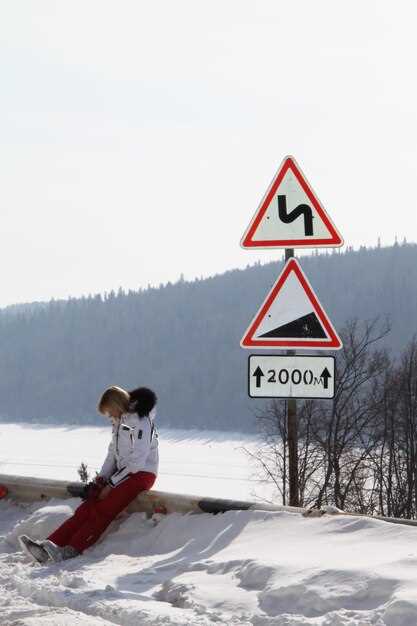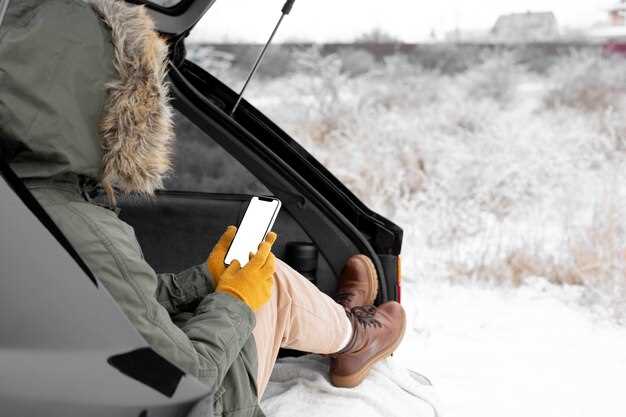Tips for driving your Jeep in snow and ice


Winter driving presents unique challenges, particularly when navigating through snow and ice. For Jeep enthusiasts, the powerful 4×4 capabilities of their vehicles offer a distinct advantage, but safety should always be the top priority. It’s crucial to understand how to effectively manage your Jeep’s features to maximize traction and maintain control on slippery surfaces.
When driving in adverse weather conditions, it’s important to assess your surroundings and make necessary adjustments. Driving a Jeep in snow and ice requires not only skill but also a strategic approach to handling. Understanding the dynamics of your vehicle’s weight distribution, tire performance, and the effectiveness of four-wheel drive systems can significantly enhance your driving experience and safety.
Equipping your Jeep with the right winter tires is equally essential. These tires are designed to provide superior grip in cold temperatures, icy roads, and deep snow. Moreover, being familiar with driving techniques specific to winter conditions–such as gentle acceleration, controlled braking, and the use of low gears–can prevent slips and slides that are common when the roads become treacherous.
Understanding Your Jeep’s 4×4 System for Winter Conditions

When driving in snow and ice, understanding the functionality of your Jeep’s 4×4 system is crucial for safety and performance. Jeep offers various 4×4 configurations, each designed to enhance traction and control during winter conditions.
One of the key features of the 4×4 system is its ability to distribute power to all four wheels. This ensures better grip on slippery surfaces, reducing the chances of skidding or getting stuck. Engaging 4×4 mode is essential when you encounter deep snow or icy roads, as it helps maintain a steady grip and more balanced handling.
Most modern Jeep models come equipped with advanced features such as selectable modes. These modes allow you to switch between 2WD and 4WD depending on driving conditions. For instance, using 4WD High on packed snow provides a good balance of power and steering response, while 4WD Low is ideal for steep or deeply snow-covered terrain.
Additionally, many Jeep models feature traction control systems that work in conjunction with the 4×4 setup. These systems detect wheel slip and can adjust engine power or apply brakes to specific wheels, further enhancing stability in winter conditions.
Before heading out in winter weather, familiarize yourself with your Jeep’s 4×4 settings and understand how they operate. Proper use of the system not only increases safety but also allows you to confidently navigate challenging winter roads. Always remember to drive cautiously and be aware of changing conditions.
Essential Winter Driving Techniques for Jeeps
Driving a Jeep in winter conditions requires specific techniques to ensure safety and control. The most important aspect is to engage the 4×4 system. This improves traction on slippery surfaces and provides better stability when navigating icy roads.
Reduce speed significantly during winter driving. Slower speeds give you more time to react and help maintain control over your vehicle. Avoid sudden acceleration, braking, or steering movements, as these can cause skids on ice. Smooth and gradual inputs are key to maintaining grip.
Incorporate tire management into your winter driving strategy. Ensure that your tires are suitable for winter conditions and properly inflated. Consider using winter-specific tires, which offer better traction and handling in snow and ice.
Keep a greater following distance from the vehicle in front of you. Increased stopping distances on icy roads mean you should allow for more space to brake safely without losing control.
Utilize engine braking by downshifting instead of relying solely on the brakes. This technique helps you maintain control and reduces the likelihood of skidding. On downhill slopes, avoid unnecessary braking and let the engine manage your speed.
Practice using your 4×4 system effectively. Engage low-range gearing when tackling steep inclines or declines, and switch to high-range 4×4 for better handling on the highway. Familiarize yourself with the system beforehand to ensure quick and confident use in challenging conditions.
Always carry an emergency kit during winter travels. This should include blankets, a flashlight, a first-aid kit, and essential tools. A set of traction aids can also be beneficial in case you get stuck.
Lastly, stay updated on weather conditions and road closures. Avoid driving during severe storms or icy conditions whenever possible. Planning your trips and choosing safer times to travel can significantly reduce the risks associated with winter driving.
Maintaining Your Jeep for Optimal Performance in Snow and Ice

To ensure your Jeep performs optimally in snow and ice conditions, regular maintenance is essential. First, check your tire tread depth and replace them with winter tires if necessary. Winter tires provide better traction on icy surfaces due to their softer rubber compounds and unique tread patterns.
Additionally, inspect your 4×4 system. Confirm that it engages smoothly and functions correctly, as a well-maintained 4×4 system is crucial for maintaining control on slippery roads. Regularly lubricate components as outlined in your owner’s manual to prevent them from seizing up in cold temperatures.
Maintaining adequate fluid levels is another important aspect. Ensure that your coolant and windshield washer fluids are rated for low temperatures. Switch to low-viscosity oil to ensure proper engine function during cold starts. This enhances your Jeep’s performance in winter conditions.
Don’t forget to check your battery. Cold weather can significantly diminish a battery’s capacity. Inspect battery connections and consider replacing any aging batteries before winter strikes. A reliable battery ensures that you won’t face difficulties starting in extreme cold.
Wipers are vital for visibility during winter storms. Replace old wiper blades with winter-specific ones designed to handle snow and ice. Keep your windshield clean to prevent buildup that could restrict your view.
Finally, consider equipping your Jeep with additional safety tools such as a shovel, blankets, and an emergency kit. These items will not only help in case of a breakdown but also ensure your safety during unforeseen circumstances on snowy roads.
